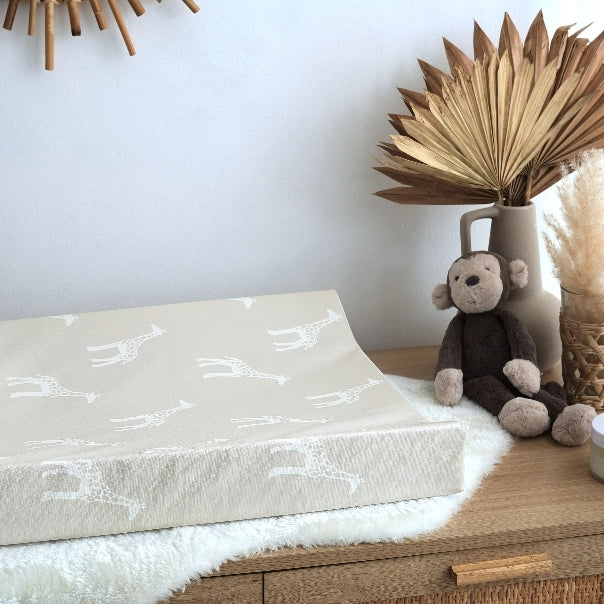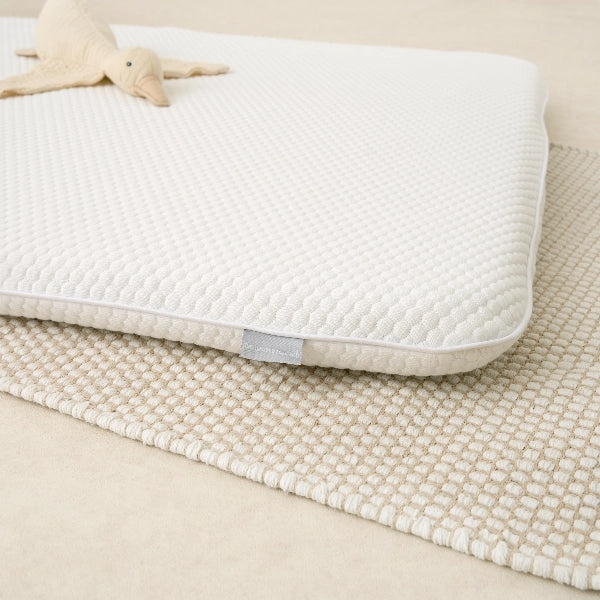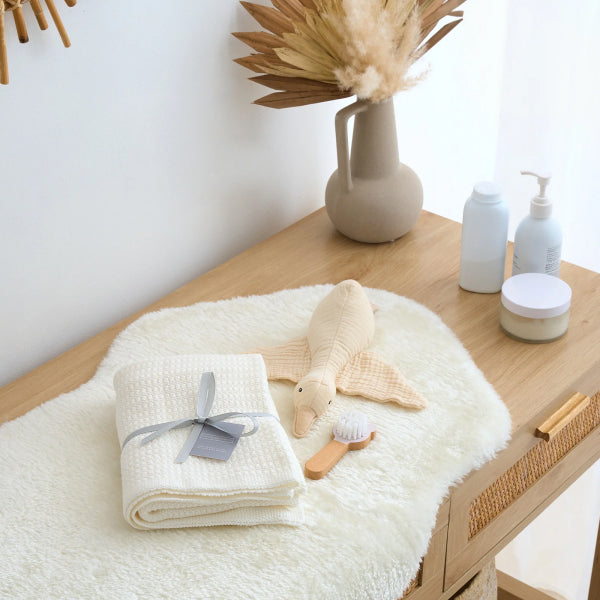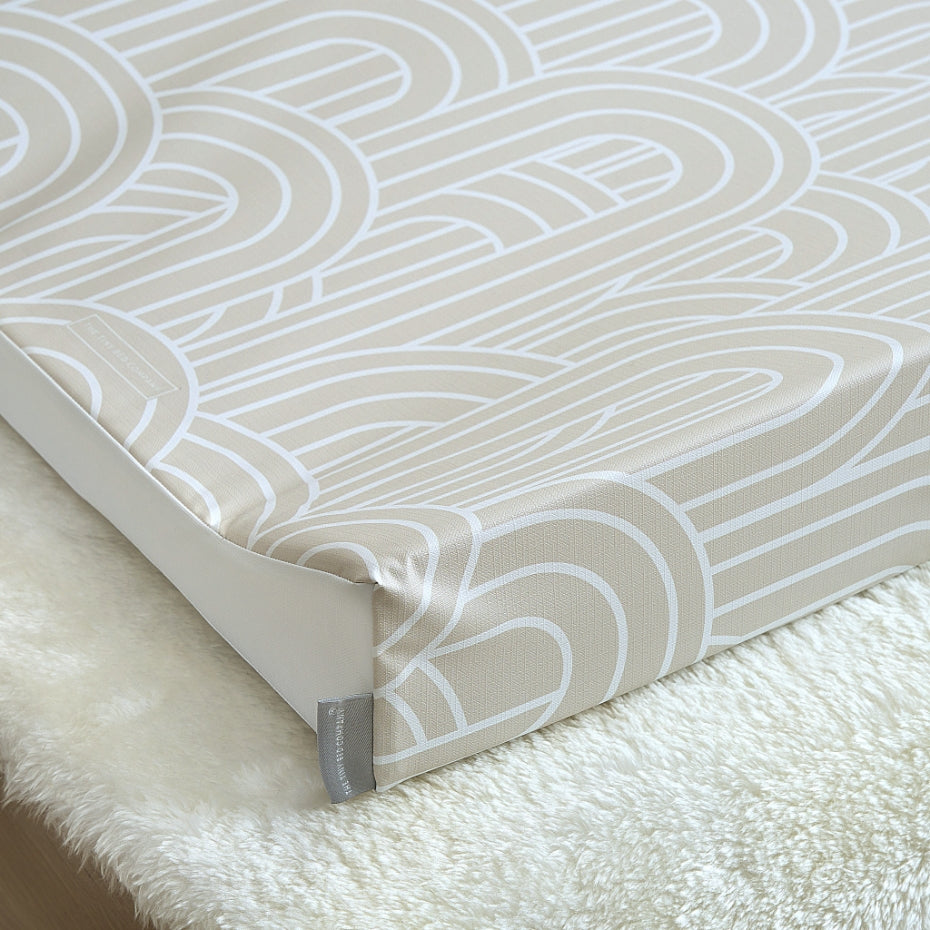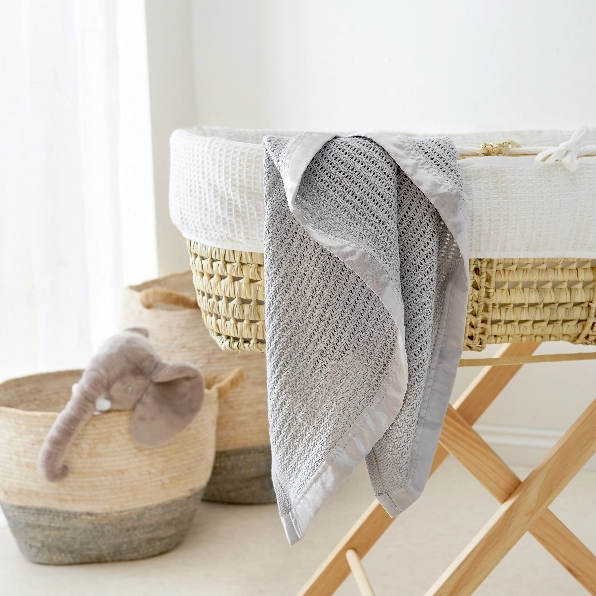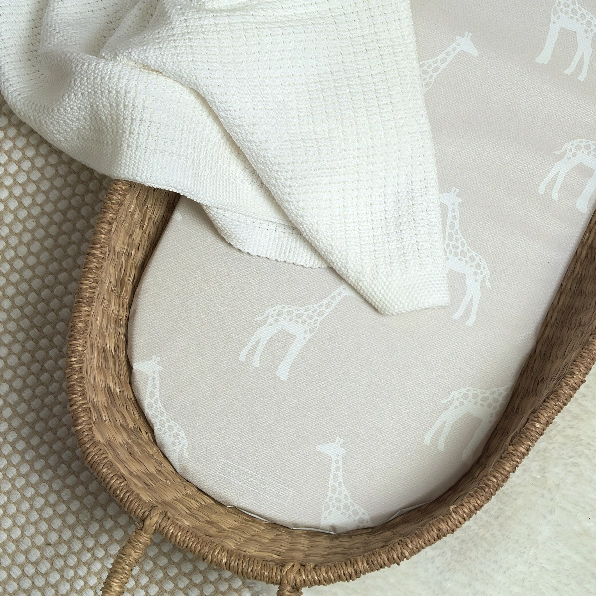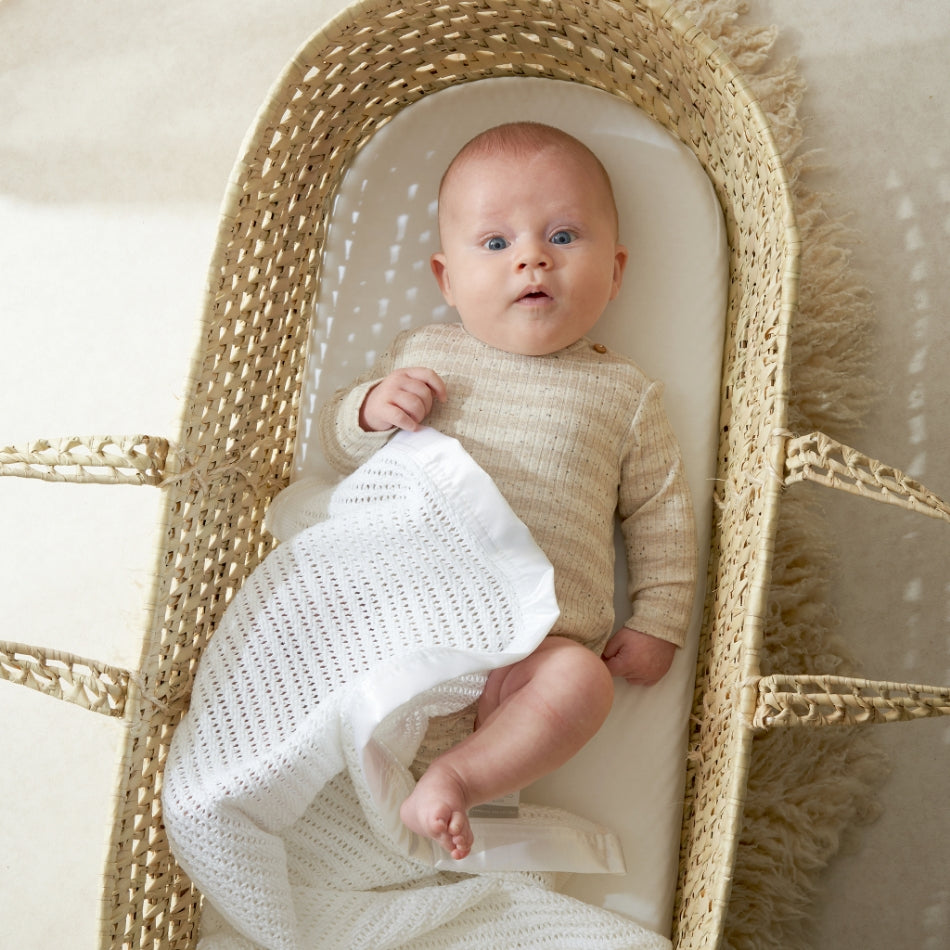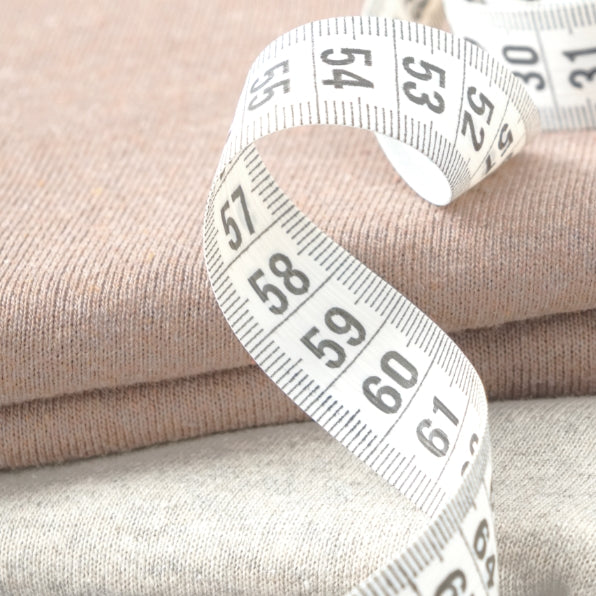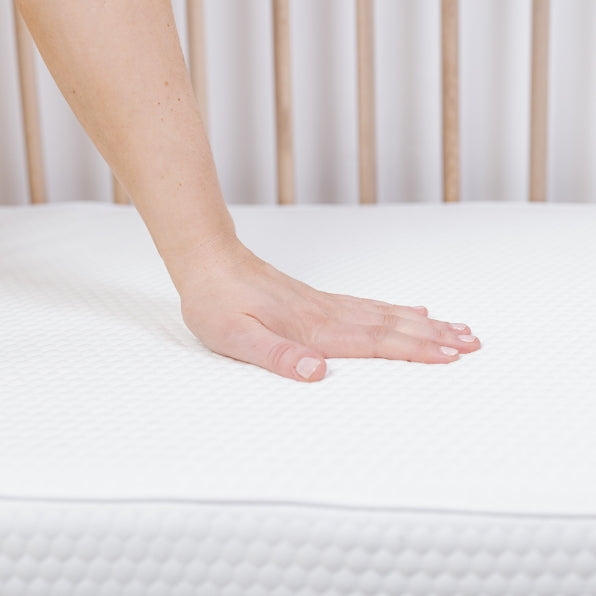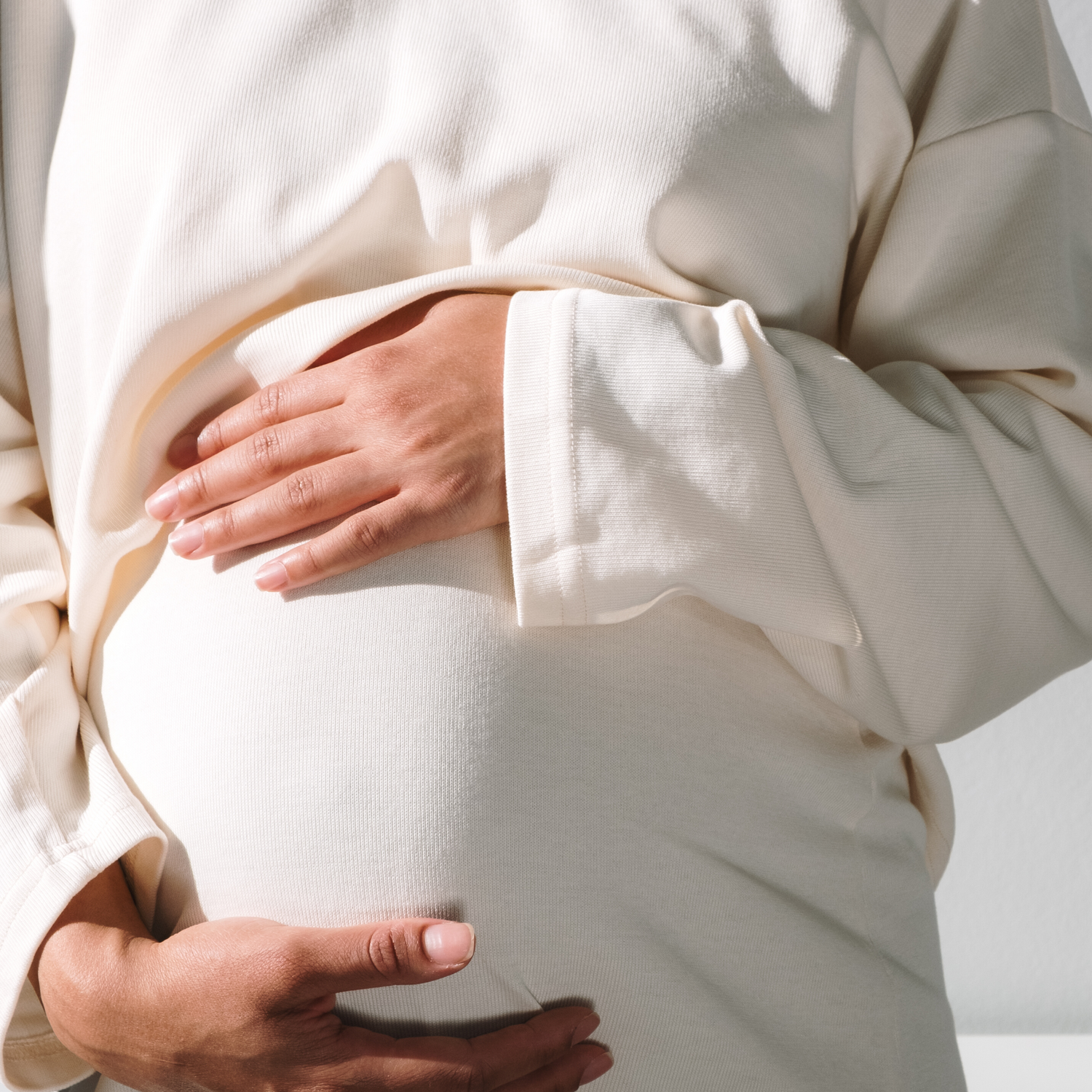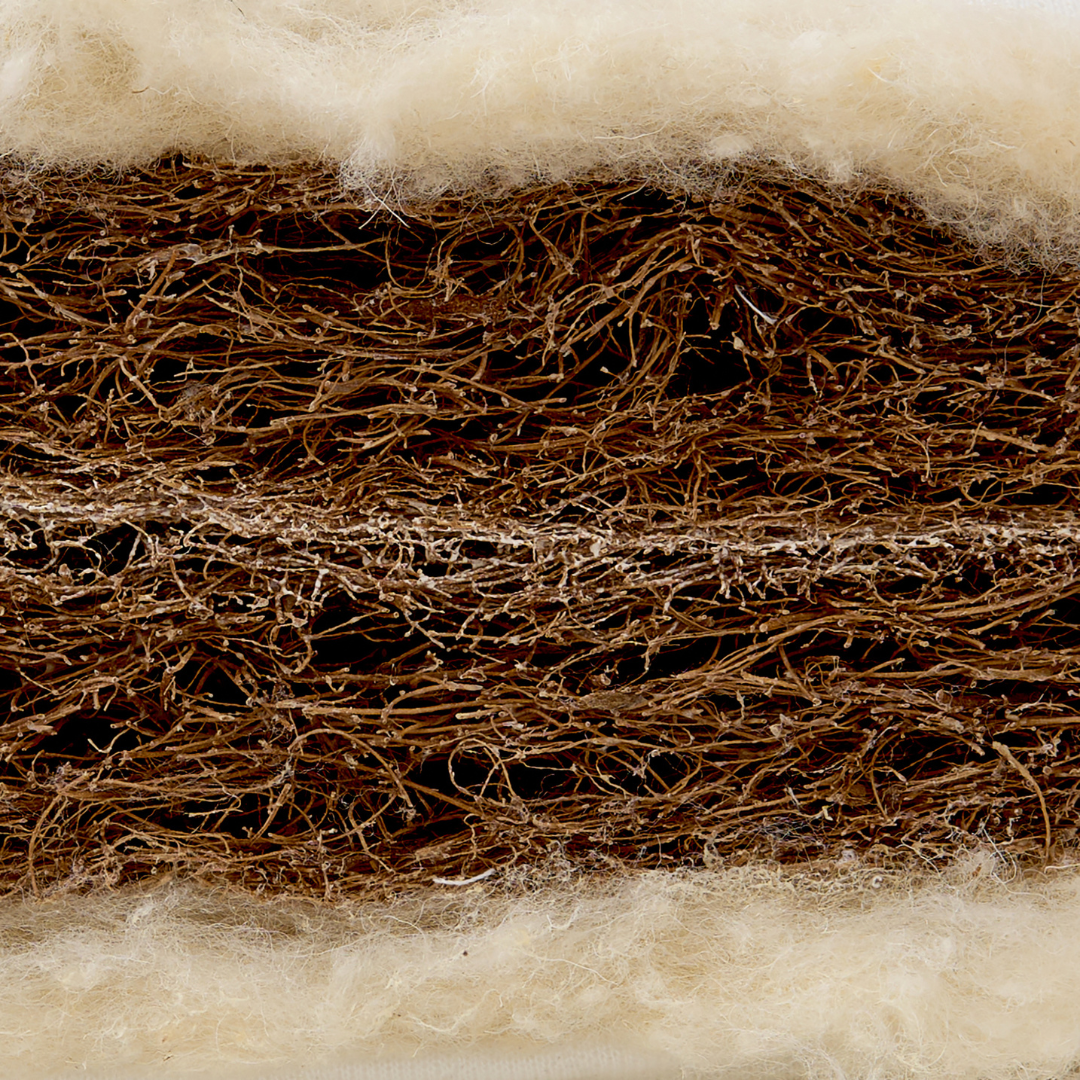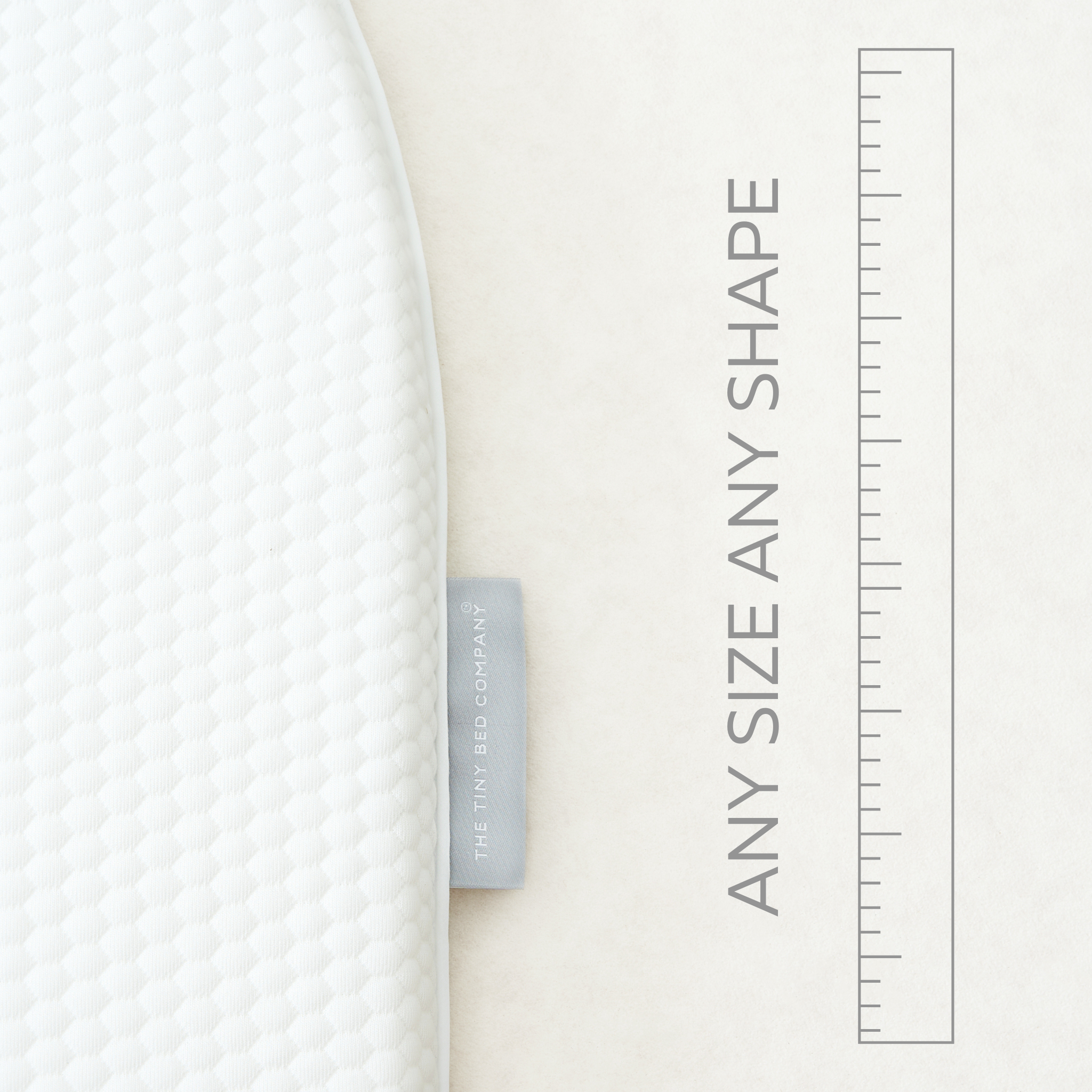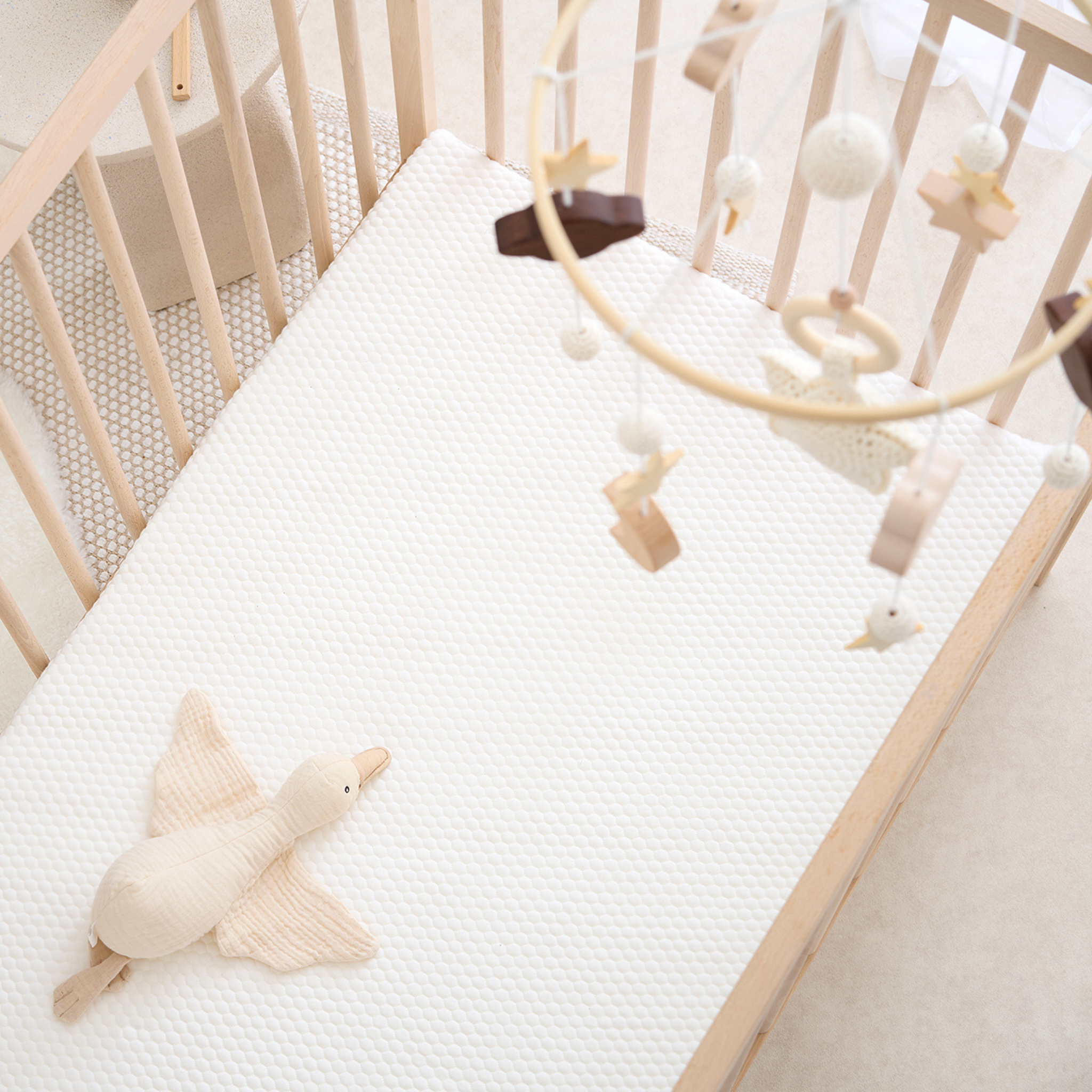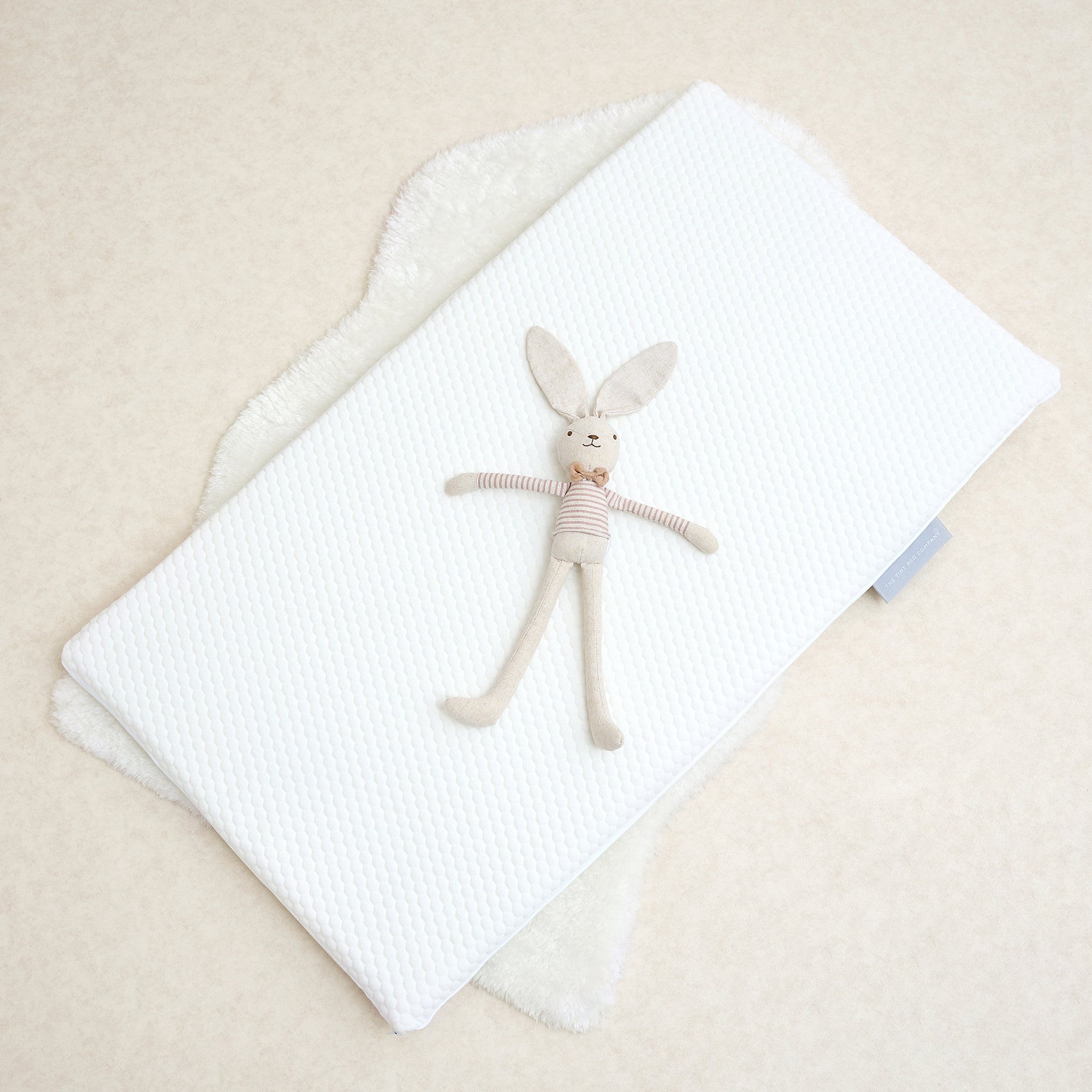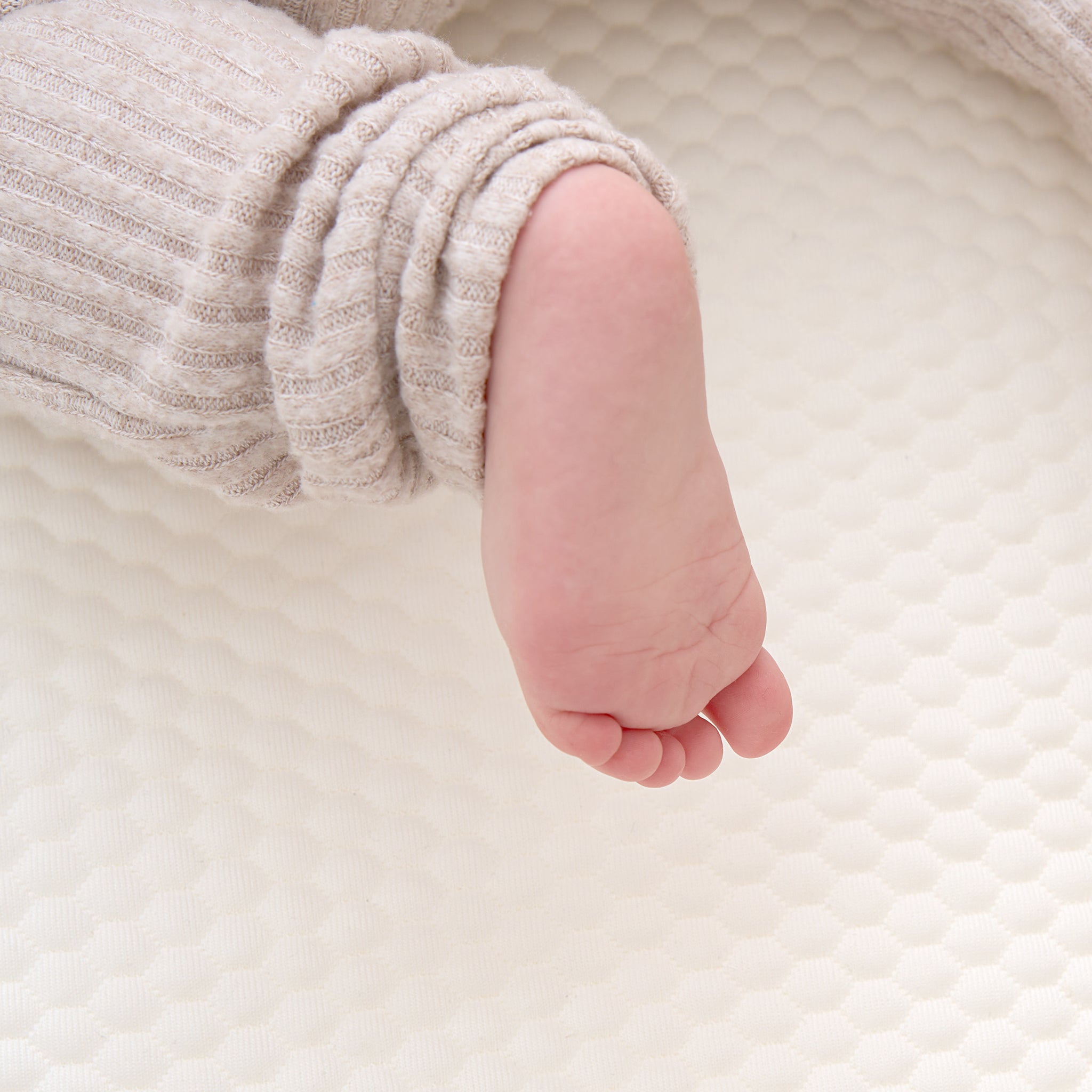When you change the way you view birth, the way you give birth will change.
As a pregnant woman enters her final months of pregnancy, it is natural to begin preparing for the birth ahead, mentally, physically, and spiritually. We have compiled a few top tips and information which will hopefully help towards having a calm and empowered birth.
Throughout this blog, we consistently discuss birth in a positive manner, referring to 'contractions' as 'surges'. We believe that envisioning a surge allows the mind to see it as a power surge, with each surge or wave bringing you closer to meeting your baby. We find 'contraction' rather a medical term.
A woman's body is designed to labour, give birth, breastfeed, and form deep connections with her baby. The hormones in your body drive these natural, well-organised processes.
Let’s discuss some of the hormones present during labour, birth, and beyond:
Oxytocin
Also known as the hormone of love and the feel-good hormone! It is present during lovemaking, fertility, surges during labour and birth, and is also responsible for assisting with milk release in breastfeeding.
Oxytocin is the hormone of empathy. It makes us feel good! It triggers nurturing feelings and behaviours.
It is essential to be present during labour and birth. During labour, the pressure of the baby's head against your cervix stimulates the body to release the oxytocin hormone. This flood of oxytocin stimulates powerful surges (also known as contractions) that help to thin and dilate the cervix, moving the baby down and out of the birth canal, and also pushing out the placenta and limiting bleeding at the site of the placenta.
For the body to release oxytocin successfully during labour, the mind and body need to feel safe, private, and unobserved. If we strip back humans from modern life, our bodies still operate as though we are 'cave men'. Like animals, humans would have birthed mostly during the night while hidden from the dangers of day-to-day life and predators, thus signalling to the body that it is now safe to birth the baby. Without a sense of safety, your body will assume there are predators or dangers around, making it unsafe for you or your baby to give birth, so the hormone will not release and will prolong your labour. It is recommended during labour to keep your surroundings calm, quiet, relaxed, and with low-level lighting where possible to replicate this natural, instinctual labouring behaviour.
The release of oxytocin is also heightened when you are in an upright position, as gravity will naturally allow your baby's head to press against your cervix.
Remember during surges to keep your arms, jaw, and legs relaxed, noting that you are not tensing up the body.
Welcome each surge; do not tense up and fight against them.
During the nine months of pregnancy, babies pick up on hormones present in their mother’s body. When the mother is calm and positively releasing oxytocin, the baby also picks up on this. Some say that this is a blueprint for their life. It is good to remember that while pregnant, you are passing these loving, good feelings onto your baby. Many doulas and hypnobirthing practitioners believe that this is key to societal change and heals the earth, birth by birth, with all these positive, calm, loving babies.
Endorphins
During labour and birth, the pituitary gland releases a hormone called endorphins. These endorphins act as natural pain relief. As mentioned before, our bodies have all the capabilities to birth naturally without the need for modern medicines and interventions. Alongside the pain relief, beta-endorphins flow alongside, which create feelings of euphoria and well-being, similar to the effects of morphine as beta-endorphins act on the same receptors in the brain.
For women who do not use any pain relief medication during labour, the level of endorphins continues to rise steadily and heightens as labour progresses.
Hypnobirth labours without the use of pain relief medication successfully practice birth that sees the mother enter an altered state of consciousness, which helps to deal with the process of giving birth.
Prostaglandins
This hormone works alongside oxytocin, ensuring that surges happen and continue in a rhythmic flow, encouraging a positive loop for the entire course of labour to continue.
Prolactin
This is known as the 'mothering' hormone. It peaks after the birth of the placenta and is the primary breastfeeding hormone.
Some tips below to help produce prolactin in your body:
- Wait for labour to start naturally on its own.
- Minimise stress pre and post-birth.
- Keep the mother and baby together after birth.
- Breastfeed as early as possible after birth and thereafter on the baby’s cue.
Adrenaline
Adrenaline is quite well known generally. It is the 'fight or flight' hormone that humans produce to help ensure their survival in certain situations.
Women who produce adrenaline during labour because they feel threatened by the pain or fear of birth may produce high levels of adrenaline. Adrenaline can slow or stop labour altogether. Earlier in human evolution, this hormone helped birthing women against predators.
Too much adrenaline produced in a labouring woman could cause the following problems:
- Causing distress to the baby before birth.
- Causing surges to stop, slow, or develop an erratic pattern, which can lengthen labour.
- Creating a sense of panic and increasing pain in the mother.
- Leading healthcare professionals to respond to these problems with a C-section and other interventions.
That said, adrenaline does have its place in labour and birth. A sudden rush of adrenaline just before birth causes a surge of energy in the mother to help deliver the baby.
Tips for a Positive Birth
- Learn and practice breathing techniques every day. Breathing techniques help stabilise your mind and body during labour.
- Listen to positive birth podcasts, hypnobirthing podcasts, and practice deep breathing exercises. A great time to do this is before bed or as you are falling asleep. This prepares you and gets you well-versed in relaxation for your birth.
- Encourage an optimal birthing position for your baby. For example, watch your daily posture, get onto all fours daily to help position the baby, bounce daily on your birthing ball, visualise daily that your baby is in the safest birthing position for an easy birth, and print affirmations to place on your desk, bedside table, or anywhere you can remind yourself a few times a day. Practise pregnancy yoga.
- Find supportive one-to-one care, whether that is a midwife, doula, or hypnobirthing teacher.
- Practice your birth positions ahead of labour: upright and open positions.
- Rest up in the early stages of labour to conserve energy. Make sure you eat little and often to keep your energy levels up.
- Try to remain present in the last few weeks of pregnancy.
- Try to remain present during birth; it is a moment in time. Once each surge has passed, enjoy the time before the next one to relax. Don’t spoil this time by worrying.
- Trust your intuition! Remember that your body is made for this.
Touching again on tip number 3 – Babies usually tend to turn into a head-down position between weeks 30 and 37. While visualising a correct birthing position, you can also use positive, encouraging language to keep you in a calm, positive mind frame.
You can continuously repeat these affirmations: "My baby is correctly positioned for an easy and comfortable birth" and "My body and my baby will work in unison to birth safely and naturally."
Feeling prepared for your upcoming birth will naturally make you feel in control, thus feeling calmer. See our checklist for preparing for the baby by clicking here.

